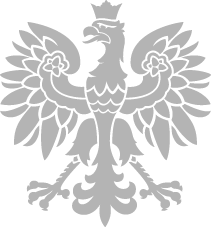Prof. Roberto Teti (University of Naples Federico II, Italy)
Smart Monitoring of Machining: Trends and Challenges
Abstract:
In the cutting zone of a machining process, several variables are influenced by process conditions: cutting force, vibrations, noise, temperature, surface finish, etc. Some variables, useful for process monitoring, can be measured by sensors: sensor signals are then processed to yield features related to process conditions. Relevant signal features can be integrated into decision making systems for final diagnosis to send to the machine NC controller for appropriate actions. The sequence of activities in sensor monitoring of machining process conditions can be surmised as follows: (a) sensor signals useful to provide information on process variables are detected; (b) sensorial data processing for feature extraction and selection is accomplished; (c) paradigms for intelligent decision making are implemented in order to take proper actions. When measuring a particular variable of a manufacturing process, a single sensory source for that variable may not be able to meet all the required performance specifications; a solution to this problem is sensor fusion that combines sensory data from disparate sources so that the resulting information is better than would be possible when these sources are used individually. Decision making support systems typically utilized for intelligent machining process monitoring are supervised and/or unsupervised neural network paradigms; fuzzy logic systems; genetic algorithms; ant colony and bees algorithms; hierarchical algorithms; hybrid systems (e.g. neuro-fuzzy systems); and others. Example applications of intelligent sensor monitoring will be presented with references to different machining processes and diverse monitoring scopes.

